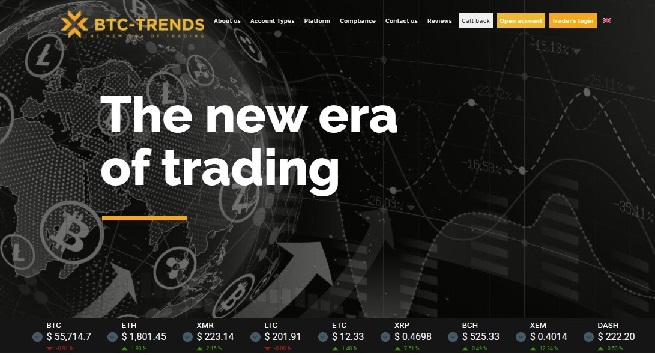The software designed by Electron will help energy companies to keep a record of distribution and consumption data via a distributed database.
The blockchain application is loaded with simulated data from 53 million metering points and 60 energy suppliers, TechCrunch reports. It simulates British energy grid and shows how supply costs may be cut using the blockchain technology.
The Electron’s solution can significantly reduce the time needed to switch consumers from one electric power supplier to another, for example, in the case of a failure on the line.
According to the company, implementation of blockchain in the energy sector allows to make it more effective and balance electric power flows. All information regarding energy suppliers, consumed electric power volume, and other transactional data may be stored in an unchangeable distributed ledger in a completely automated mode.
Regulators will also benefit from blockchain implementation in the energy sector, as they get real-time access to information about energy providers and the structure of consumption.
“We have a number of conversations going on,” Electron co-founder Paul Ellis said at the project’s sales pitch. “There’s a degree of interest in finding out more.”
The difference between the Electron’s solution and those created by other developers, like TransActive Grid in New York or Power Ledger in Australia, is that the British project not only includes the P2P-distribution of power between consumers but also controls the interaction between power generating and power grid companies.
The P2P energy trade was pioneered by the Park Slope social justice activist Eric Frumin, who first sold excess renewable energy to ex ENERGY STAR National Director Bob Sauchelli on 11 April 2016. The transaction was inaugural for TransActive Grid, a New York-based peer-to-peer energy platform powered by Ethereum.
Elena Platonova













